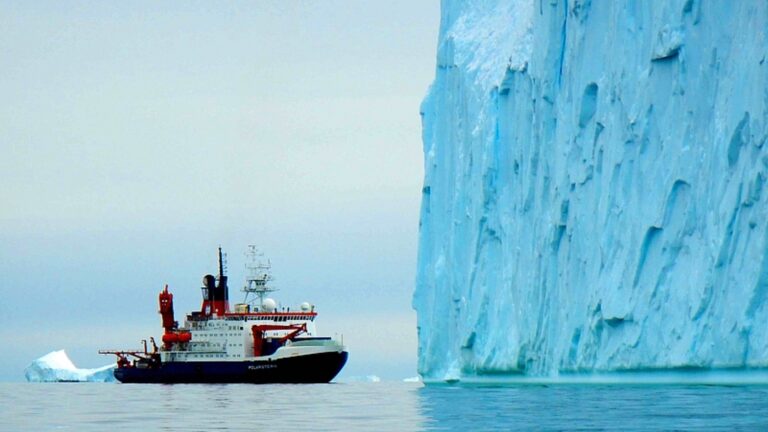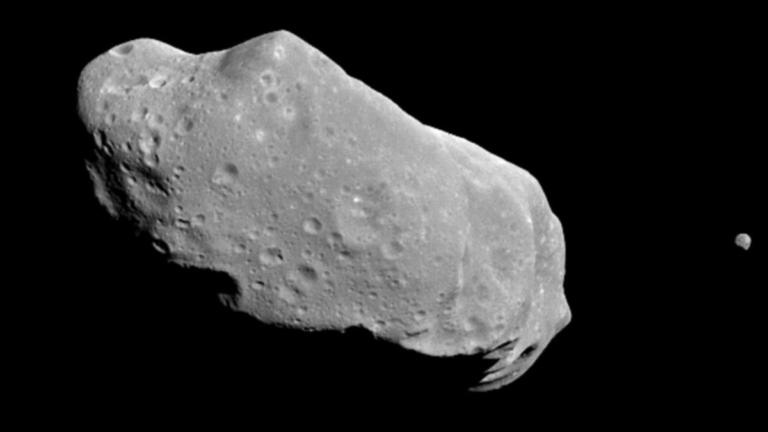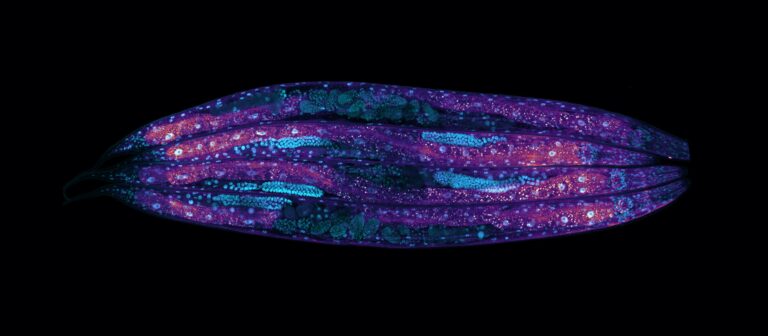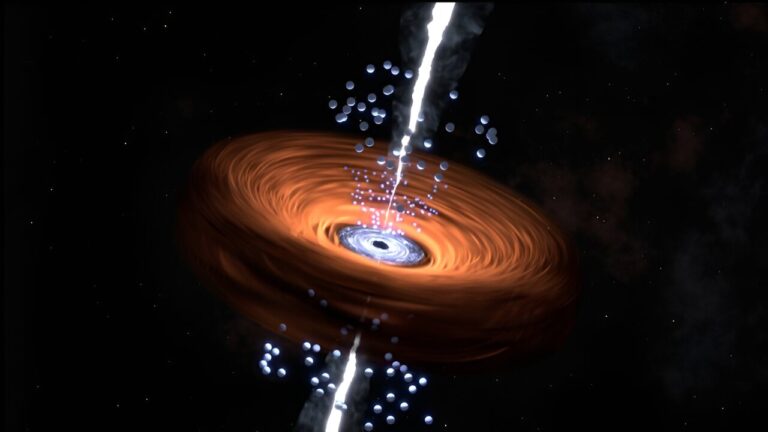Will future humans use warp disks to explore the cosmos? We are unable to eliminate the possibility. But if our distant descendants ever do, it will not include dilithium crystals and Scottish accent it will have evaporated into history by then.
Warp discs have their roots in one of the most popular sci-fi franchises ever, but they have a scientific basis. A new paper examines the science behind them and asks whether a warp drive failure would emit detectable gravitational waves.
The paper is titled “What No One Has Seen Before: Gravitational Waveforms from Deformation Collapse.” The authors are Katy Clough, Tim Dietrich and Sebastian Khan, physicists from institutions in the UK and Germany.
There is a place for warp disks in general relativity, and Mexican physicist Miguel Alcubierre described how they could theoretically work in 1994. He is well known in space and physics circles for Alcubierre Drive.
Everyone knows that no object can travel faster than the speed of light. But warp drives may offer a solution. By warping space itself, a spacecraft with a warping motion would not break the faster-than-light (FTL) rule.
“Despite their origins in science fiction, warp disks have a concrete description in general relativity, with Alcubierre first proposing a space-time metric that supported faster-than-light travel,” the authors write.
There are clear scientific barriers to making a warping machine. But it is possible to simulate how one would work and how they might be detected via gravitational waves in the event of a failure. Warp drives space to warp itself, just like binary mergers of compact objects like black holes and neutron stars. It is theoretically possible that they emit a gravitational wave signal in the same way as mergers.
“To search for such signals and correctly identify them in measured data, it is important to understand their phenomenology and properties,” the authors explain.
It starts with understanding how warp disks might work, and for that, we need to dig deep into the physics.
“The main idea behind a warp disk is that instead of exceeding the speed of light directly in a local reference frame, which would violate Lorentz invariance, a ‘warp bubble’ can travel distances faster than the speed of light ( as measured by some distant observer) contracting space-time before it and expanding space-time behind it,” the paper said.
The first drawback is that warp disks require a zero energy condition (NEC). Physics says that a region of space cannot have a negative energy density. There are theoretical solutions to this, but for now none of them are practical.
“Other issues with the deformation direction metric include the potential for time-like closed curves and, from a more practical perspective, the difficulties for those on board in controlling and deactivating the bubble,” the authors explain.
This is because there would be no way for the crew to send signals to the front of the ship. It is difficult for events inside the bubble to affect events outside the distortion bubble, as this paper explains.
“From the point of view of dynamic deformation machine simulation, the main challenge is stability,” the authors explain. The equations show that the Alcubierre Drive can initiate a warping bubble using Einstein’s equation, but no known equation can support it.
“There is (to our knowledge) no known equation of state that would maintain the deformation direction metric in a stable configuration over time. Therefore, while the deformation bubble may initially be required to be constant, it will evolve rapidly away from that state, and, in most cases, the deformations of the warping fluid and space-time will dissipate or collapse into a central point.”
Although instability is a major obstacle to deformation discs, it is also what can make them distinctive. If an Alcubierre machine reaches a constant speed, it is not distinguishable. It does not generate gravitational waves and has no ADM mass. ADM stands for Arnowitt–Deser-Misner, named for three physicists. I will leave it to curious readers to read more about it ADM measure.
But the warp drive is undetectable only if it is constant and stable. As soon as it breaks down, speeds up or slows down, it can be detected. In their work, the authors allow the deformation bubble to collapse.
“Physically, this could be related to a breakdown in the containment field that the post-deformation civilization (apparently) uses to support the deformation bubble against collapse,” they write.
In their formulations, the nature of the ship itself is not important. Only the warp bubble and the warp liquid inside are important.
The researchers simulated the rupture of the deformation bubble. They found that the collapse generated gravitational waves with different characteristics to those generated by mergers.
“The signal comes as a burst, initially with no gravitational wave content, followed by an oscillatory period with a characteristic frequency of the order of 1/[R]”Overall, the signal is very distinct from typical compact binary mergers observed by gravitational wave detectors and more akin to events like the collapse of an unstable neutron star or the head-on collision of two black holes.”
frameborder=”0″ allow=”accelerometer; Play automatically; clipboard-write; encrypted media; gyroscope; picture-in-picture; web-share” referrerpolicy=”strict-origin-when-cross-origin” allowfullscreen>
The authors point out that although the deformation disk creates a GW signal, it is outside the frequency range of our current ground-based detectors.
“Proposals for higher frequency detectors have been made, so in the future, one may be able to place limits on the existence of such signals,” they write. The ship itself may also be sending some kind of multimessenger signal, but it’s hard to know how the ship’s matter will interact with regular matter.
“Since we don’t know the type of matter used to build the warped ship, we don’t know if it would interact (other than gravitationally) with normal matter as it spreads through the Universe,” the researchers explain.
This is a fun thought experiment. It is possible that some sort of solution to FTL travel will exist one day in the distant future. If so, it may be related to a better understanding of dark matter and dark energy. If any ETIs exist, they may be able to tap into fundamental knowledge of the Universe that we do not yet possess.
If they have figured out how to build and operate a warping machine, even with all its apparent impossibilities, their activities could create gravitational waves that our future observatories could detect, even in other galaxies. But for now, it’s all theoretical.
“We caution that the waveforms obtained are likely to be very specific to the model used, which has some known theoretical problems, as discussed in the introduction,” the authors write in their conclusion. “Further work will be required to understand how generic the signatures are and to properly characterize their detectability.”
No doubt some curious physicists will continue to work on this.
This article was originally published by Universe Today. Read the original article.





